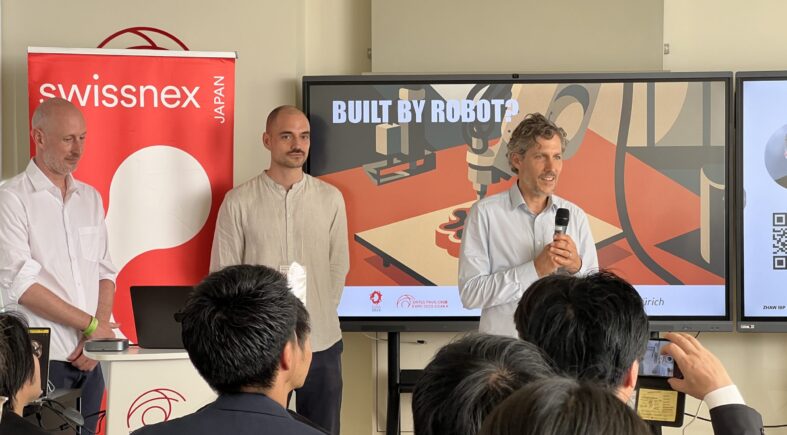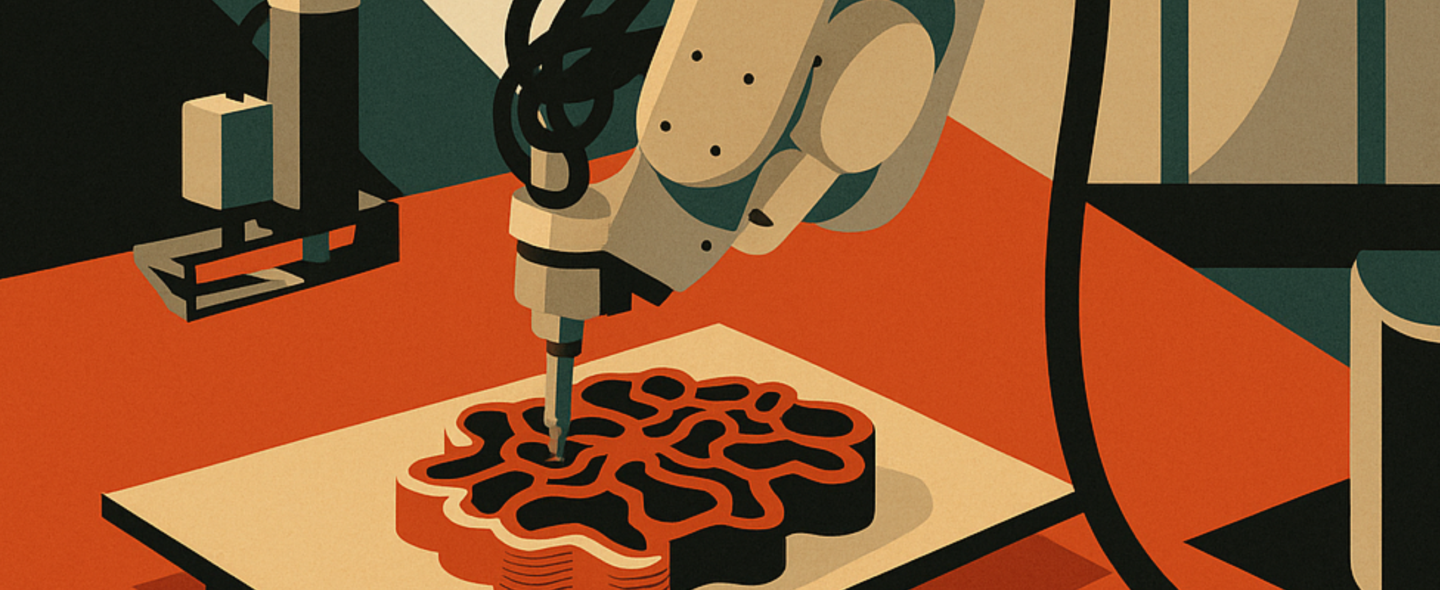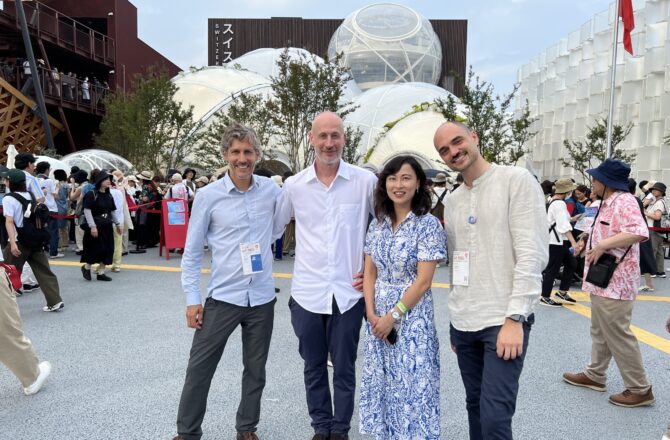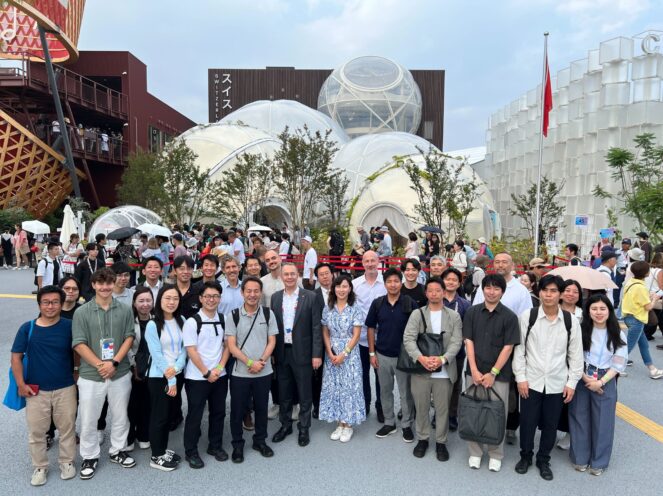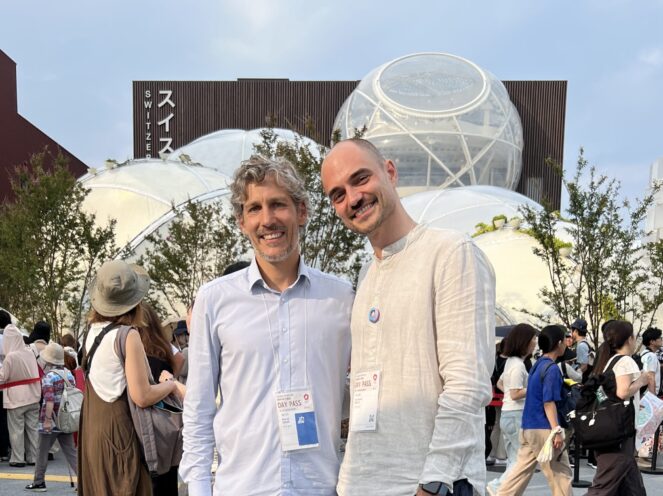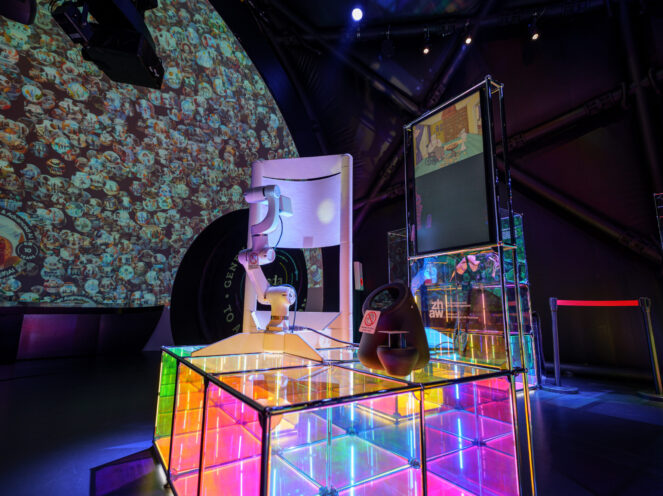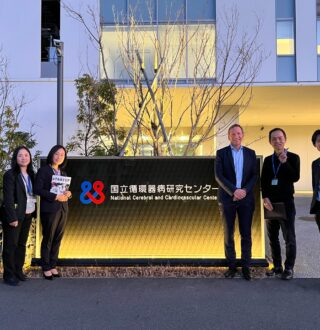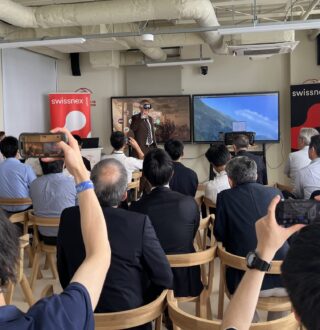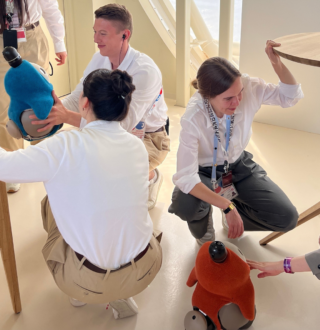In their presentation, Dr. Graser and Dr. Walzer focused on embedding robotics into construction processes, emphasizing the crucial interaction between humans and machines. They approached these challenges through detailed case studies, analyzing construction projects including not only technical expertise on the delivery and methodologically sound assessment of construction prototypes. Their work is all about bridging the gap between digital design and physical reality, ensuring new construction methods are not only visionary but also feasible. Having studied pioneering approaches across Switzerland and Europe, they are now expanding their research into Japan, engaging with leading Japanese construction companies and research institutes.
Including a management perspective to understand what drives success and helps advance the technology, their work arose from recognizing a disconnect between academic research and industry needs. By placing practical requirements at the core, they investigate how innovation truly occurs, exploring organizational models that support transforming inventions into market-ready solutions. This sociotechnical approach seeks to strike the right balance between human skills and robotic capabilities.
Through micro-level analysis of interactions—between humans, and between humans and machines—they aim to bridge the gap between research design and real-world implementation. This innovative methodology shows great promise for the future of construction.
The afternoon concluded with an interactive survey and networking apéro, alongside a guided tour of the Swiss Pavilion, where visitors could observe how innovation and sustainability are seamlessly integrated into its architecture.
